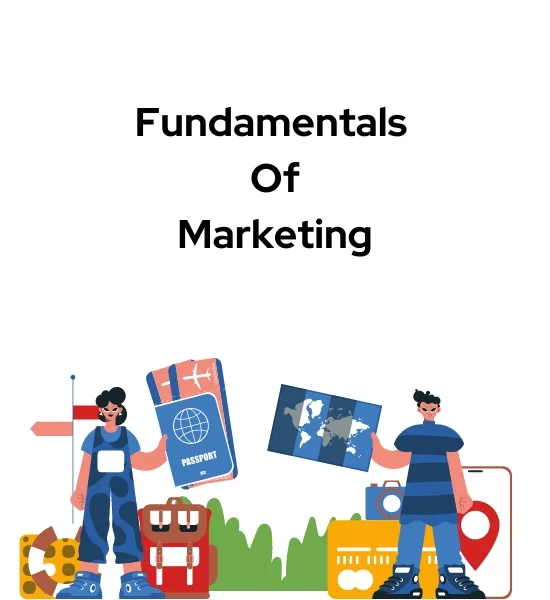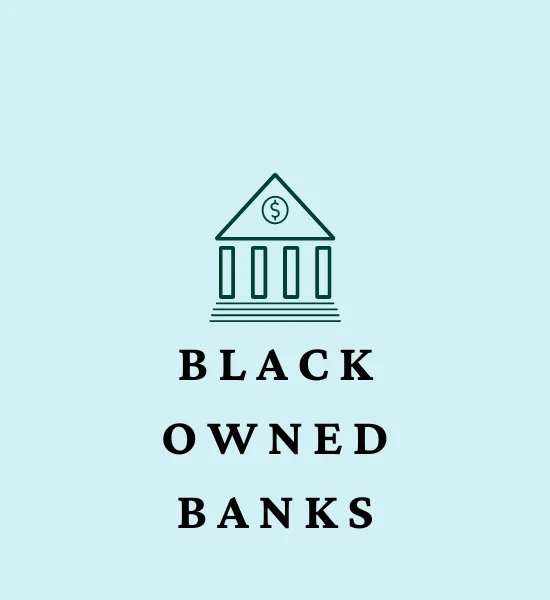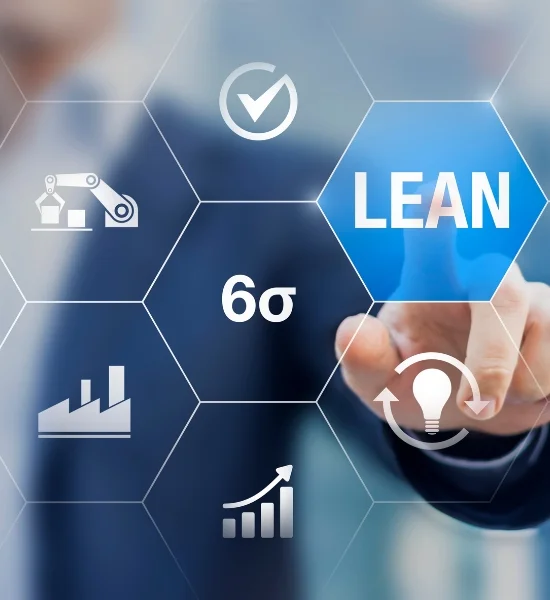Change management models are a critical part of any business. The purpose of these models is to enable companies to make changes in an organized, systematic way. There are many different types, and each has its strengths and weaknesses. This post will discuss the three most crucial change management models: the kaizen model, Lamarsh Model, and John Fisher Model.

Kaizen Model
The kaizen model is a continuous improvement approach that identifies problems and fixes them. This change management model aims to reduce waste, increase efficiency, and improve quality. This method includes small process changes every day or week that are monitored for effectiveness.
- One way in which Kaizen works is by reducing batch sizes – Breaking down large production runs into smaller ones so as not to overproduce stock before it’s needed.
- The other significant benefit is how low the cost it is. So if your company has tight budgets or little money available for change management initiatives. This might be an excellent solution-oriented method worth considering since there’s no need for expensive consultants and outside help as with many of the more formal models.
- One of the main pros is that Kaizen encourages teamwork by building personal responsibility among employees and putting them in a position to make improvements to their daily tasks without waiting for someone else.
- It also cuts down on management time because you don’t have to constantly assign people new duties, allowing companies like Toyota Motors Corporation, known for using this model, some flexibility concerning staff turnover during leaner times.
- The main downside of the kaizen model is its slow rate of progress because you only make minor incremental improvements at any given time rather than dramatic changes. Another disadvantage is that as an organization grows, it becomes difficult for everyone involved to keep up with all the little things being fixed. It also doesn’t work well when there’s no organized methodology like Lean Manufacturing; instead, many employees may start coming up with their fixes, which makes coordination even more challenging – so don’t use this method if your company isn’t explicitly set up to support it.
Lamarsh Change Management Model
This change management model has five steps, which are as follows:
- Preparation where you identify problems with your current system (i.e., what improvements need to be made)
- Communication where stakeholders know that changes will happen since it’s not an abrupt change in direction or without warning based on how people like things done at work.
- Transition/Adjustment- when new tasks have been identified and any necessary adjustments for employees who may not like them.
- Stabilization- When the procedure has been completed successfully. Without much resistance.
- Realization- a point comes during the transition when everyone is doing the new system without being reminded of it.
Suggestion Box App is an employee suggestion box and employee engagement software for businesses. Capture ideas from your employees to grow.
One great example of Lamarsh in action was when Google overhauled its employee review process – which had been highly contentious among employees due to their lack of input into what they thought made them successful at work – by holding workshops where managers would present information about the changes before giving feedback on what worked well so everyone could participate in identifying potential problems. This way, there were no surprises afterward, and workers felt pride in helping make decisions during transition rather than just feeling like victims after something happened. (This reduced the likelihood of resistance and led to less turnover). Even though this was a significant undertaking, the company could make changes quickly because there were no surprises for anyone.

John Fisher Change Management Model
John Fisher’s approach aims to reduce organizational fear through an open dialogue with stakeholders about proposed changes before they happen on a large scale. This way, it becomes more likely that people will want them rather than resist them – since everyone knows what’s coming in the end.
The downside of this model is that it doesn’t have a clear structure and requires careful planning beforehand. Still, its main advantage is how it minimizes resistance by keeping people informed.
This change management model has three phases:
- Preparation – Stakeholder input.
- Communication – Widely disseminating information about proposed changes, so there are no surprises for anyone.
- Implementation – When the changes happen to get them started on their new path.
One example of John Fisher’s method was General Motors’ bankruptcy restructuring process, where lay-offs were openly discussed with unions and other stakeholders before they happened not to cause significant conflict afterward. The preparation phase (sharing proposals) took six months, the communication phase lasted four weeks, and the implementation phase took three months.
Conclusion
Change management models are a great way to develop and implement change. They provide everyone with the opportunity to be heard, which is crucial for any successful implementation. You must find what works best for your company when it comes to implementing any changes needed – maybe this article has given you some ideas about how!


















